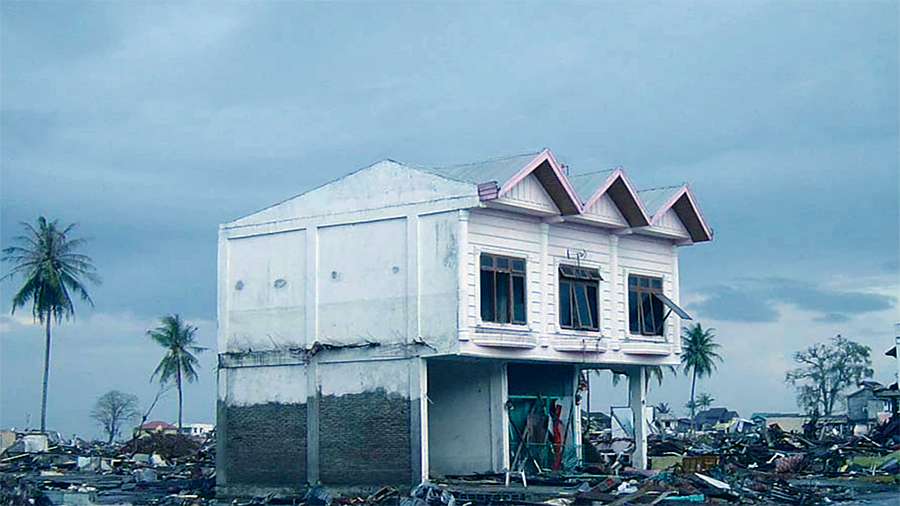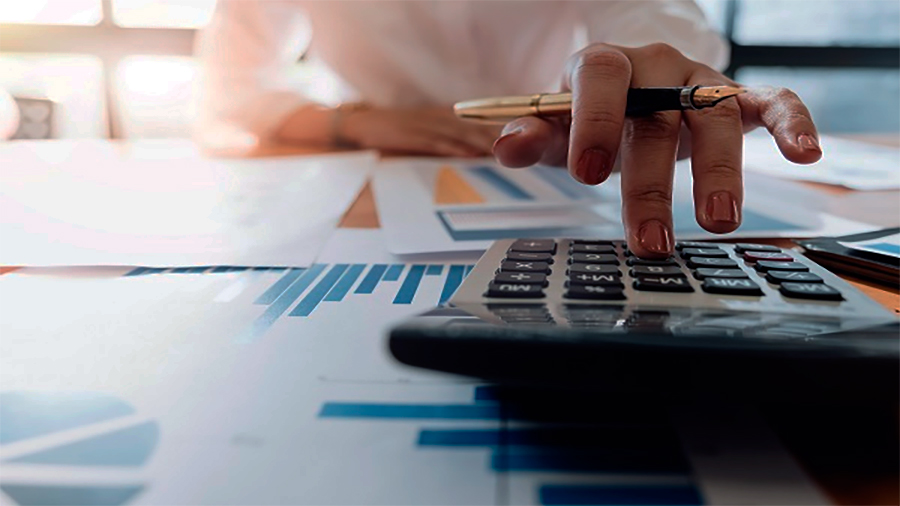
Financing Recovery: The Importance of Loans After a Natural Disaster
Natural disasters leave behind more than just debris. They disrupt lives, close businesses, and put entire communities in crisis. After the floodwaters recede or the flames die down, one of the first questions survivors face is: how do we rebuild? Insurance payouts and government aid help — but they rarely arrive fast enough, or cover everything. That’s why loans play such a crucial role in disaster recovery. They’re not just financial tools; they’re lifelines that can speed up repair, restore income, and give families and businesses a fighting chance. But borrowing during a crisis isn’t always simple — and it comes with trade-offs worth understanding.
Why Loans Are Essential in Post-Disaster Recovery
Most people aren’t financially prepared for a major natural disaster. Even a well-insured homeowner can struggle if a policy has coverage gaps or if the claim takes weeks to process. Businesses lose income the minute they shut their doors. And renters, often overlooked in disaster relief discussions, can face total loss with little support. Loans step in as a fast, flexible way to close the financial gap — when waiting simply isn’t an option.
Emergency loans can cover immediate needs: temporary housing, rebuilding materials, replacing vehicles, or re-opening a damaged storefront. The speed matters. A shop that reopens quickly after a disaster can hold onto its customer base. A family that stabilizes early is less likely to fall into long-term debt or displacement. For many, loans are the first real step toward rebuilding not just property, but life itself.
Who Offers Disaster Recovery Loans?
There are several sources of post-disaster loans, each with different terms, eligibility requirements, and purposes. In countries like the U.S., government agencies like the Small Business Administration (SBA) offer low-interest disaster loans to homeowners, renters, nonprofits, and businesses. These loans are often the most affordable option, with interest rates much lower than market rates and long repayment periods — sometimes up to 30 years.
Private banks and credit unions also offer disaster loans, especially to existing customers. These may come with more flexible application processes and quicker approvals, but can carry higher interest rates. Some lenders waive certain fees or offer deferred repayment periods to help borrowers get through the first months of recovery.
In recent years, online lenders and fintech platforms have entered the scene. They offer fast processing and 24/7 applications — often approved within hours. However, their convenience sometimes comes at a price: higher rates, shorter terms, and stricter conditions. For those in a rush, these loans can seem like an easy fix, but without careful review, they can create new financial problems down the line.

How These Loans Are Used on the Ground
The way people use disaster recovery loans varies widely depending on their situation. Homeowners might borrow to replace a roof, rebuild walls, or restore electricity. Renters often use loans to replace lost furniture, electronics, and clothing — especially when insurance doesn’t cover personal belongings. Small businesses use loan funds to replace inventory, repair storefronts, or pay employees during the shutdown period.
Farmers may need loans to replant crops, replace irrigation systems, or fix machinery damaged by wind or water. In rural areas where access to aid is limited, loans are sometimes the only viable option to restart production. Even local governments take out loans — to repair roads, bridges, and public facilities — before federal aid arrives.
Challenges Borrowers Face After a Disaster
Getting a loan when your house is gone, your job is paused, and your internet access is limited isn’t easy. Documentation is often lost in the damage. Credit scores might already be low. And people in trauma aren’t in the best position to make big financial decisions.
One of the biggest hurdles is the risk of overborrowing. In the chaos of recovery, people tend to take what’s offered without fully understanding the repayment terms. They assume help means affordability. But loans must be repaid — sometimes before the borrower is back on their feet. This is especially hard for small business owners or low-income families who might need several months (or years) to recover financially.
Another issue is the emotional cost. Taking on debt during a time of loss feels different from taking out a car loan or mortgage. It’s often a reluctant choice, driven by urgency, not ambition. That weight can stick with borrowers long after the loan is repaid.
Benefits — and Limits — of Government-Backed Loans
Government disaster loans are often the most affordable and forgiving. In the U.S., SBA disaster loans for homeowners can go up to $200,000 for property repairs, and $40,000 for personal items. Businesses can borrow up to $2 million. These loans have low interest rates and long repayment terms — often tailored to the borrower’s ability to pay.
The challenge is timing and eligibility. Loans can’t be processed until a disaster is officially declared. Paperwork takes time, and some applicants are denied due to credit issues, incomplete forms, or other disqualifiers. While these programs are helpful, they can’t reach everyone — and often arrive after the most critical window of need has passed.
Private Loans: Faster but Riskier
Private lenders often respond faster. If you have decent credit and a stable financial history, you might get approved within a day. For business owners or families trying to make immediate repairs, that speed matters. But these loans usually come with higher interest, stricter repayment timelines, and less flexibility if things go wrong later.
Borrowers should be careful about terms — especially balloon payments, variable rates, or hidden fees. In a high-stress moment, it’s easy to overlook small print. But those details matter, especially when you’re borrowing during a crisis that could affect your income for months.

What Borrowers Should Know Before Signing
Before taking out a loan after a disaster, it’s worth slowing down — even briefly. Ask how the loan will be repaid. Will you have steady income in six months? Can you afford the monthly payments if interest rises? What happens if repairs cost more than expected?
Look for loans with fixed interest, no prepayment penalties, and clear deferment options. Avoid any offer that pressures you to sign immediately or charges high upfront fees. Check if government loans are available before turning to private lenders. And when in doubt, ask for help — many nonprofits and financial counselors offer free advice during disaster recovery.
How Responsible Lending Can Help Communities Recover Faster
Lenders play a powerful role in post-disaster recovery. Fair terms, fast processing, and flexibility can speed up rebuilding, protect livelihoods, and keep communities together. Some lenders already offer grace periods, interest-free months, or flexible repayment plans for disaster-affected borrowers. Others work with aid groups to bundle loans with grants or services.
When done right, lending can be a recovery tool — not just a financial transaction. It bridges the gap between crisis and stability, allowing people to take action when everything feels uncertain. But it needs to be done with care, and with the understanding that people in crisis aren’t always in a position to navigate complex contracts.
The Conclusion
Natural disasters hit hard — and the road back is long. Loans, while not a perfect solution, offer speed and flexibility that other forms of aid often lack. They help people act fast, rebuild quickly, and hold onto what matters. But they also carry risk. Borrowers need support, transparency, and time to make smart decisions. And lenders — public and private — have a responsibility to offer help that truly helps. Because when the ground shifts beneath us, recovery should be about more than survival. It should be about building something stronger.

 Michael Turner is a finance expert passionate about simplifying credit, loans, and debt management. He helps readers make smart, confident financial decisions every day.
Michael Turner is a finance expert passionate about simplifying credit, loans, and debt management. He helps readers make smart, confident financial decisions every day.